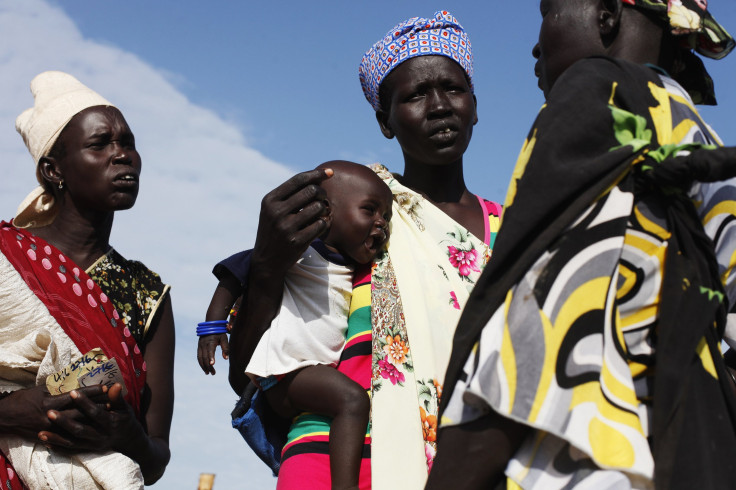Global Poverty Levels Halved But More Africans In Extreme Poverty Than In 1990: UN Report

While the world has managed to slash the number of poor people by half in the last 20 years, more people in sub-Saharan Africa now live in a state of extreme poverty and hunger than ever before, according to the United Nations’ Millennium Development Goals report published Monday.
According to the 2014 edition of the report, the global target for reducing poverty by half was achieved five years ahead of schedule and the number of poor people -- those living on less than $1.25 a day -- had halved to 18 percent in 2010 from 36 percent of the population in 1990. However, the number of those people living in extreme poverty in the sub-Saharan region increased to 414 million in 2010 from 290 million in 1990.
“We know that achievements have been uneven between goals, among and within regions and countries, and between population groups,” UN Secretary-General Ban Ki-Moon said in a foreword to the report. The Millennium Development Goals, or MDGs, signed by all UN member states in 2000, aim to reduce, among other things, world poverty and hunger to half of 1990 levels by 2015.
While the number of undernourished and stunted children below the age of five fell to 25 percent of the world’s population in 2010 from 40 percent in 1990, in sub-Saharan Africa, this number rose to 58 million from 44 million. The report warned that, owing to an increase in the poverty level in the region, sub-Saharan Africa is unlikely to meet any of its MDG targets.
The report also stated that globally, huge progress was made toward achieving the MDG health targets.
The number of children dying before the age of five had almost halved in the last 20 years, resulting in the lives of about 17,000 children being saved every day. There also was a 45 percent drop in the maternal mortality rate and almost 90 percent of the world’s population now has access to safe drinking water.
The report, however, pointed out that progress had been uneven and lopsided across countries and regions.
Although the number of deaths among children under the age of five decreased, diseases such as diarrhea and pneumonia continued to kill children in developing countries. There were also very few efforts toward providing universal access to anti-retroviral treatments to HIV patients, the report said.
In the report, Ban also stressed upon the need to accelerate progress through “the concerted efforts of national governments, the international community, civil society and the private sector.”
Here's a look at the key points of the 2014 report:
· One in four, or 25 percent, of the world’s children were stunted in 2012 as opposed to 40 percent in 1990.
· Global poverty was reduced to 18 percent in 2010 from 36 percent in 1990. However, the number of poor people living in sub-Saharan Africa witnessed an increase.
· Between 1990 and 2012, almost 2 billion people obtained access to improved sanitation. However, 1 billion people still resort to open defecation.
· Between 1995 and 2012, 9.5 million people received anti-retroviral drugs for treatment of AIDS.
· 52 percent of pregnant women had four or more antenatal visits during pregnancy in 2012 as opposed to 37 percent in 1990.
· Child mortality rate (defined as number of deaths per 1,000 live births) almost halved to 53 in 2012 from 99 in 1990 -- saving 17,000 children every day.
· Four out of five deaths of children under the age of five continue to occur in the sub-Saharan region.
· Global emissions of carbon dioxide increased by almost 50 percent since 1990.
© Copyright IBTimes 2024. All rights reserved.






















